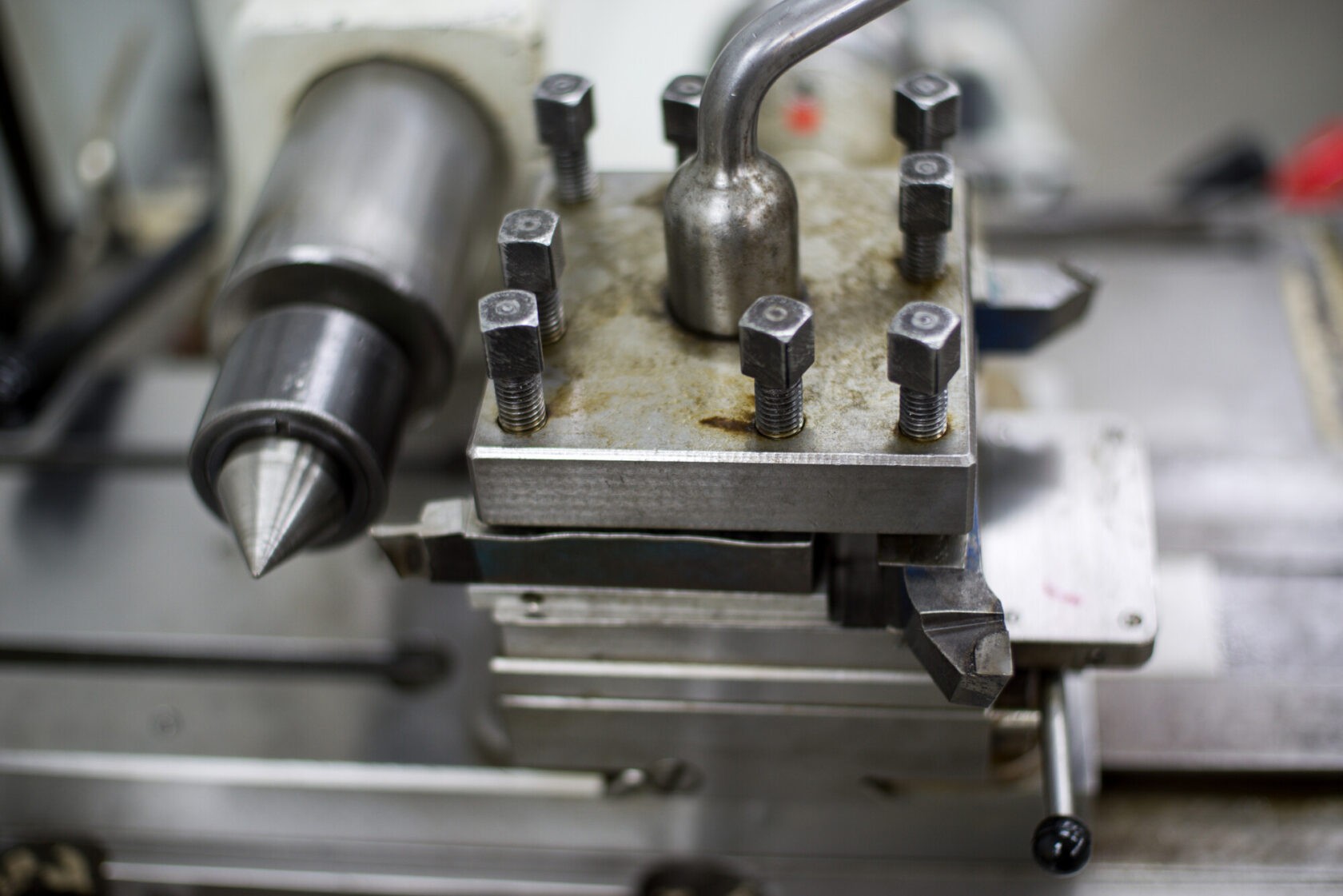
Table of Contents
Projections show that the global CNC machine market will reach a value of $128.41 billion by 2028.
This growth comes with the increased use of CNC machining across various industries. Many businesses use CNC rapid prototyping to manufacture and test prototype products. There are certain aspects of CNC machining that make it one of the best options for this.
For a rundown on what CNC rapid prototyping is and what benefits it offers, keep reading.
What Is CNC Prototyping?
CNC (computerized numerical control) machining uses computer software to operate a machine that can fabricate various parts. The designer uses CAD (computer-aided design) software to generate a design, which is input into the CNC system. The CNC machine then uses cutting and milling to machine the part from a solid material.
This is a type of “subtractive” prototyping, as the machining removes material from the original piece. Processes like 3D printing, which adds material, are typically known as “additive” processes. Because of the way the part is machined, CNC prototyping can be done on any machinable material.
At NAMF we use CNC prototyping for the military industry, the aerospace industry, and various others. These require high-quality parts that meet very strict standards, and CNC rapid prototyping makes it easy to test out different variations.
Benefits of CNC Rapid Prototyping
CNC prototyping is a great way to test various prototypes in a small time frame. There are several advantages to CNC systems that make them one of the best choices for rapid prototype machining.
Speed
CNC technology has been around for about 50 years now, and it’s constantly improving. Better software and higher-quality machines have improved the speed of CNC prototyping significantly. This is in terms of both set-up and manufacturing time.
More powerful computers make it quick and easy to design parts on CAD software, and transferring this to a CNC machine has become more seamless. Once it’s been programmed, a CNC machine can fabricate a part in minutes.
No Fixed Tooling
Many manufacturing processes use rigid steel-alloy dies as part of the manufacturing process. Making these dies can sometimes take weeks, especially for complex designs.
For some products, this may be essential – if a certain textured finish is needed, for example. CNC machining gives more of a smooth, flat finish. CNC machining doesn’t need dies, which helps to save a lot of processing time.
The only tools it requires are hardened metal cutting inserts. These inserts sit inside spindles, and there are different types of spindles for different functions. It generally only takes a few seconds to change these spindles over to a different type.
Accuracy
When prototyping different products, accuracy is one of the most important factors. To correctly determine if a part is fit for its purpose, the prototype needs to be as close to the final product as possible.
CNC machines can generally meet tolerances of 0.05mm (50 microns), which is precise enough for most applications. This level of tolerance is consistent, so if you want to produce multiple prototypes you know they will all be incredibly accurate.
For some very specific applications, tighter tolerances may be needed. If this is the case, special cutting tools can be used in certain conditions to produce even more accurate parts.
Customizability
Most of the time when prototyping, you’ll want to make changes. By doing so you can test multiple variations of a product. CNC machining makes this incredibly easy to do.
You can make any necessary edits to the G-code program to adjust the part, and the CNC machine will be able to produce this new part immediately. Being able to test various prototypes as you go along will help you reduce lead times and won’t incur any significant costs.
Flexibility
CNC machines can cut any material that won’t deform or melt during the process. This means different plastics, woods, metals, composites, and more are all well suited.
Because of this, you can easily create prototypes of the same product using various materials. Sometimes you won’t have decided on the material you’ll be using before the prototyping stage, so by testing out prototypes with different mechanical or chemical properties, you may be able to narrow your choices down.
The CNC Rapid Prototyping Process
The first step of CNC prototyping is the design stage. This is where you produce multiple potential designs for your product, containing things like:
- Dimensions
- Features
- DFMA (design for manufacturing and assembly)
- DFT (design for testing)
Depending on how many designs there are, you may want to narrow these down to the most suitable ones.
Next comes the CAD design generation with all the necessary dimensions, aesthetics, and features detailed. The machining processes for each feature are identified along with the manufacturing steps. These can include CNC routing, turning, cutting, and more.
The sequence of manufacturing steps is given to the CNC machine via the CNC program. Once it’s ready, we mount the workpiece and set the machine to operation mode. It will then begin machining the part, after which you can move on to the testing stage.
Do You Need CNC Rapid Prototyping?
CNC rapid prototyping is one of the most efficient and comprehensive prototyping methods available. If you want to test out multiple variations of a product while sticking to a short time frame, then this is one of the best ways to do so.
NAMF offers some of the best CNC rapid prototyping available. We provide services for several reputable organizations such as GE Aviation and Airbus. With over 40 years of experience, we’re capable of producing some of the highest quality parts available.
To find out more about our services, click here to contact us today.
